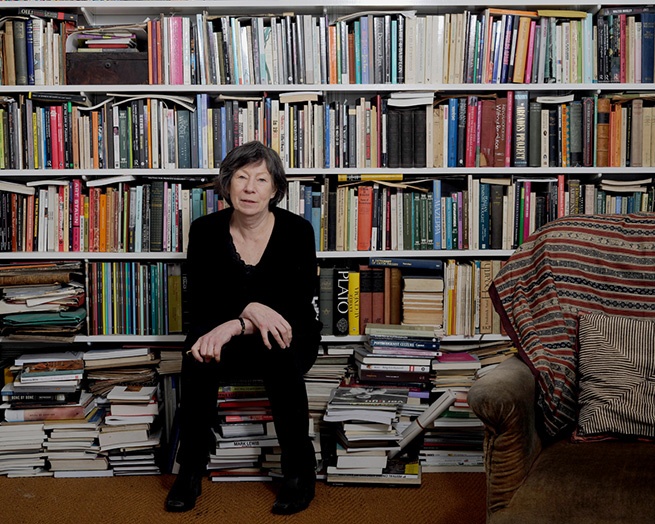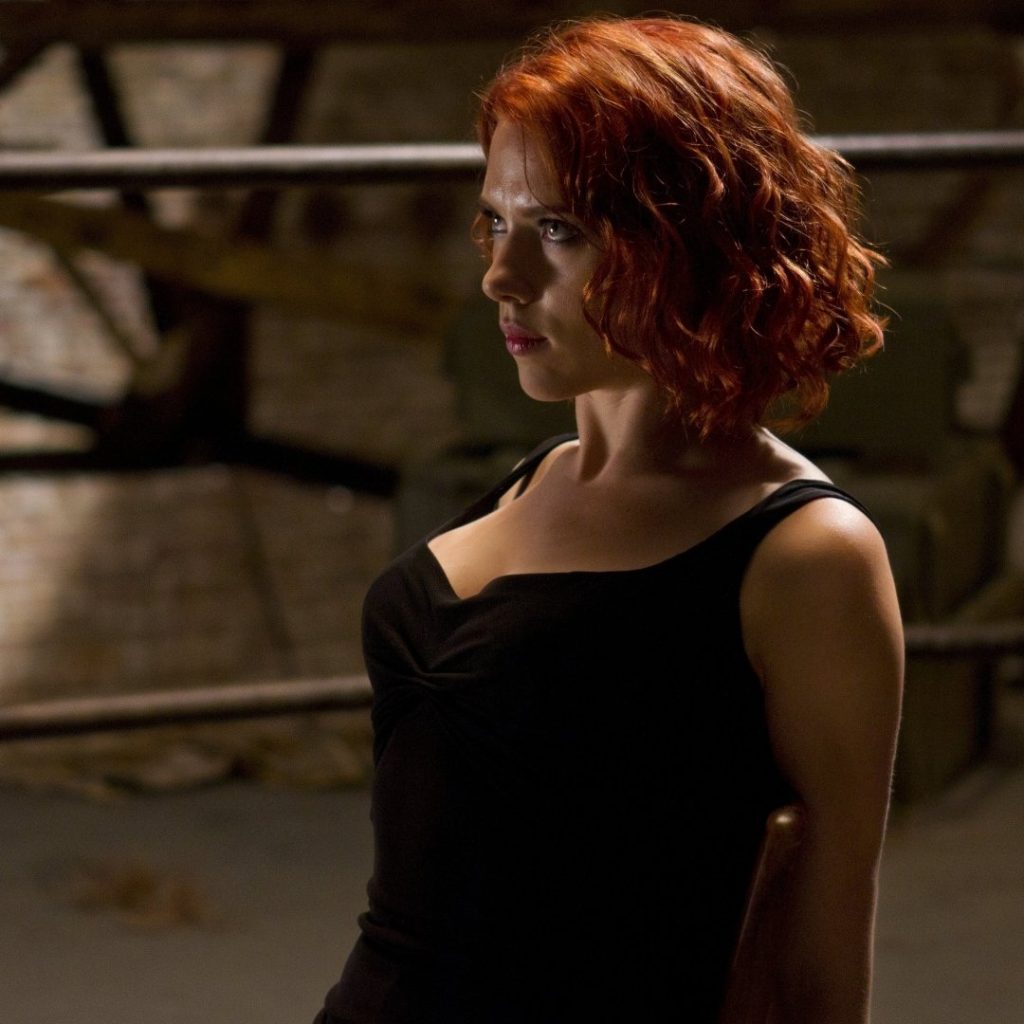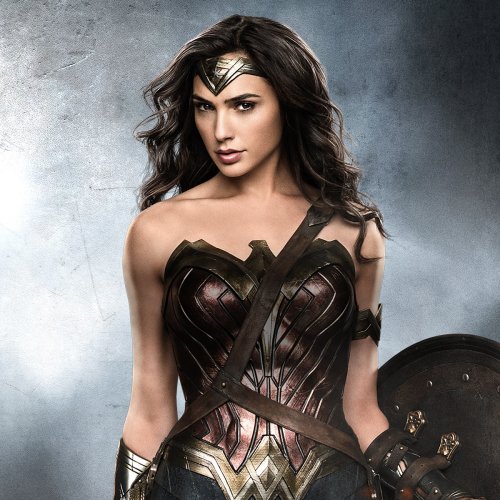Despite the advancements made in changing perceptions, the male gaze still exists and is a big issue in our present day society as it is still prevalent in movies, TV shows, advertisements, and artwork. For a bit of knowledge, the male gaze is essentially how women are portrayed in literature and visually from the viewpoint of heterosexual men, making them objects of male admiration and lust. In the media industry, women are constantly objectified by the camera lens in movies, TV shows and music videos because the majority of the time, men are in control of the production and are key in the decision making process, making decisions that appeal to their own values and interests.
Women are negatively impacted by the male gaze because it changes their appearance and behaviour to fit sexist expectations. The male gaze places an intense focus on physical appearance, which affects how women see themselves and can have a detrimental impact on their mental health and self-esteem. As women compare themselves to these sexualised representations of female characters in the media, body shame is just another repercussion of the male gaze.
Laura Mulvey is a very important theorist when it comes to the male gaze as she applied the concepts of the gaze to critique traditional representations of women in film, which emerged the concept and the term of the male gaze. She introduced this concept in her essay ‘Visual pleasure and narrative cinema’ in 1975, where she refers to the sexist way that films frequently depict women as objects of male satisfaction. Gender hierarchies are reinforced by this trend, which presents men as the main player and women as passive objects to be observed. This objectification restricts the wide range of female representation and reinforces negative preconceptions. Debates concerning power, gaze, and representation of women in the media industry have been raised by her theory, which has had a significant impact on feminist cinema criticism.
The presence of a woman is an indispensable element of spectacle in normal narrative film, yet her visual presence tends to work against the development of the story line.
Laura Mulvey

There are many examples of male gaze in the media, yet the ones that stand out to me the most are in the film industry, especially superhero films and action films from the Marvel Cinematic Universe or the James Bond movie series. Many female characters like Black Widow and Wonder Woman are portrayed with tight, exposing clothing and camera angles that accentuate their bodies instead of their acting and skills in the movies. Scarlett Johansson represents Black Widow, who wears very tight fitting bodysuits and has her physique accentuated by different camera angles. Some of these angles include prolonged shots of certain body parts like her legs and chest, which draws attention to their sexuality rather than their actions. Despite her character’s complexity, intelligence, and fighting ability, this type of camera work diminished her power and degraded her to a sexualised woman rather than a complex and amazing female superhero.



However, the media industry is very slowly developing into a more progressive future where women are portrayed as individuals rather than objects by accepting different points of view and tackling widespread stereotypes. This gives potential for future gender representations that are more inclusive and empowering.
Chambers, C. (2018) Sex, Culture, and Justice: the Limits of choice.
Mulvey, L. (1975) ‘Visual pleasure and narrative cinema’
Snow, E. (1989) ‘Theorizing the male gaze: Some problems,’ Representations, 25, pp. 30ŌĆō41. https://doi.org/10.2307/2928465.
Black WidowŌĆÖs subversion of the male gaze (2016). https://xuengl359.wordpress.com/home/final-projects/black-widows-subversion-of-the-male-gaze/.


Hi, Aarya! Your blog is very clear! It emphasises the general influence of men on the media and its harmful effects on women. Your analysis effectively links Mulvey’s theory with contemporary examples, such as superhero movies, making the argument affinity and current. In order to further enrich your discussion, it may be helpful to explore how the portrayal of male characters evolves with female characters. For example, male characters are often overly masculine, which strengthens gender norms in a different but interrelated way. By balancing critical and progressive examples, your argument may feel more actionable and inspiring. In short, well done!